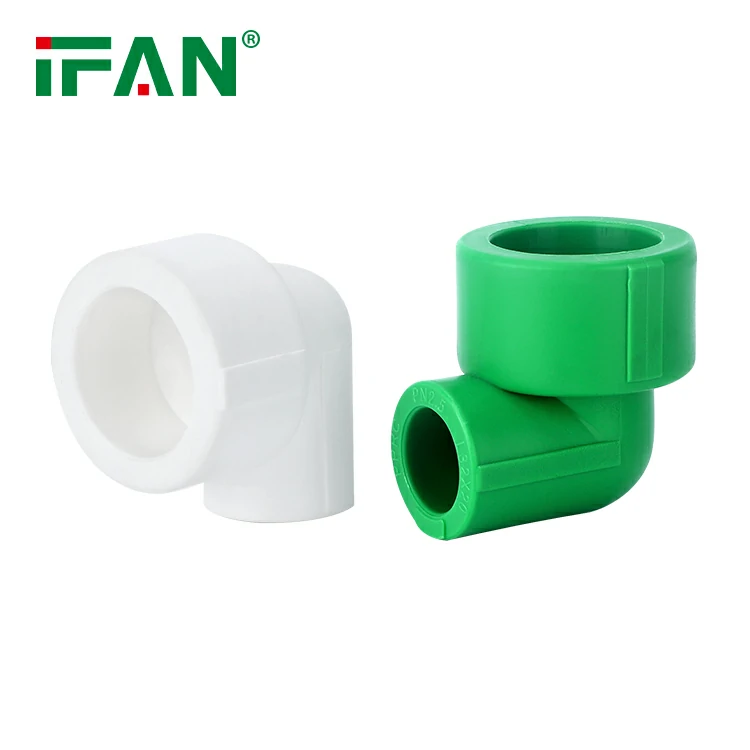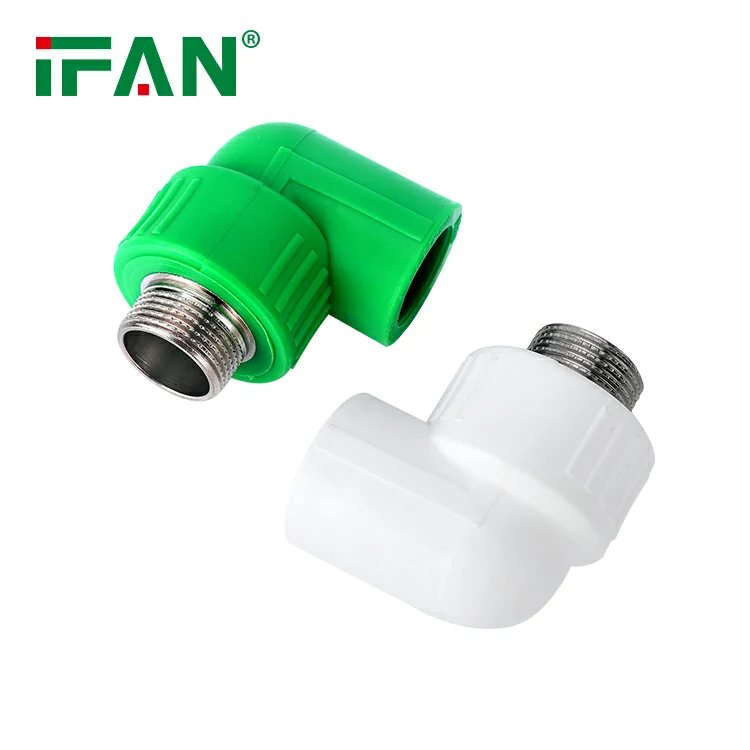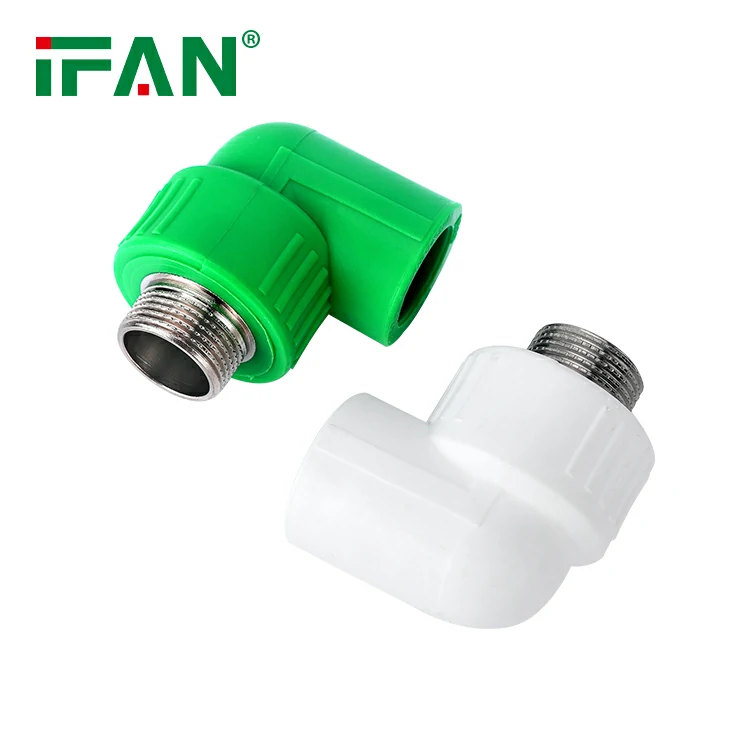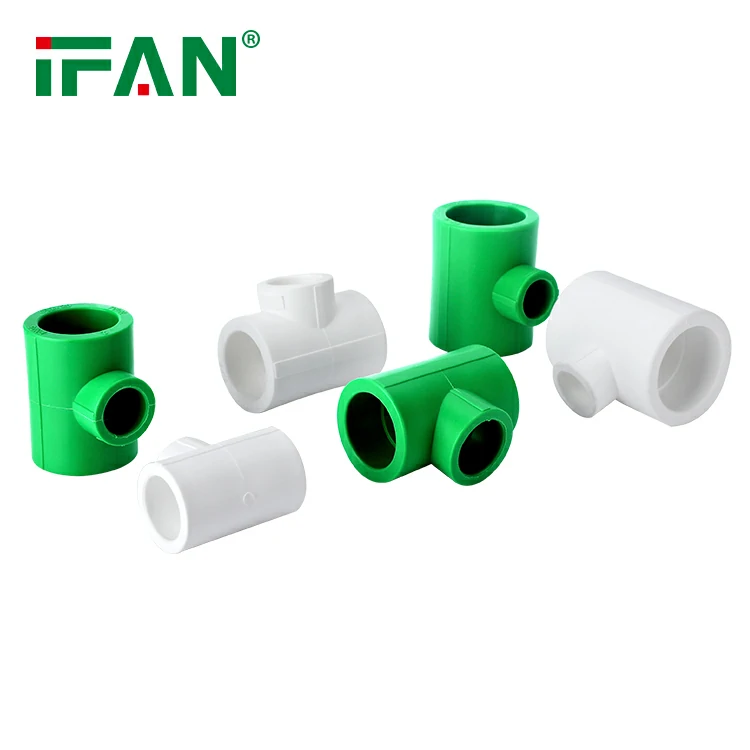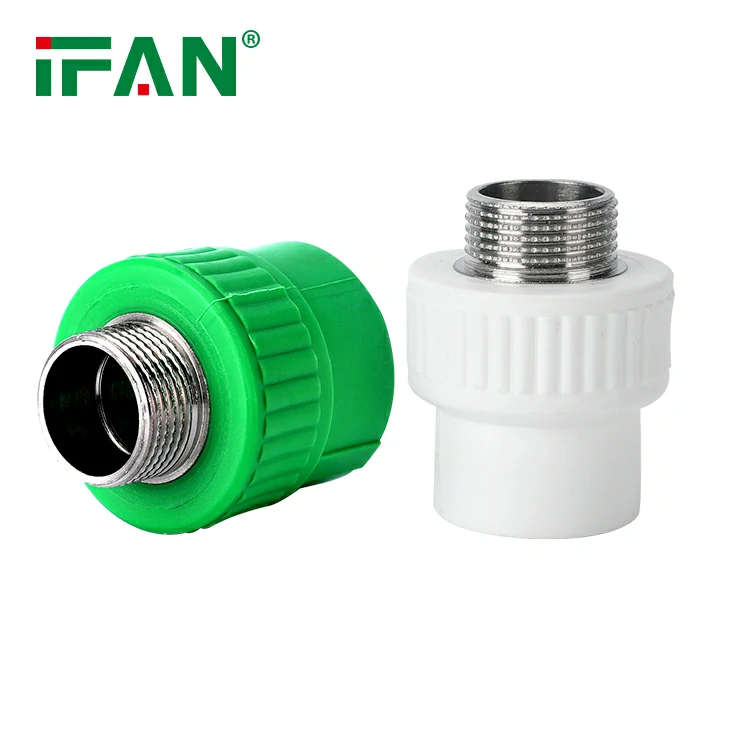What are the temperature and pressure ratings of PPR pipe fittings?
PPR (Polypropylene Random Copolymer) pipe fittings have specific temperature and pressure ratings that determine their safe and optimal usage. Here are some key points regarding the temperature and pressure ratings of PPR pipe fittings:
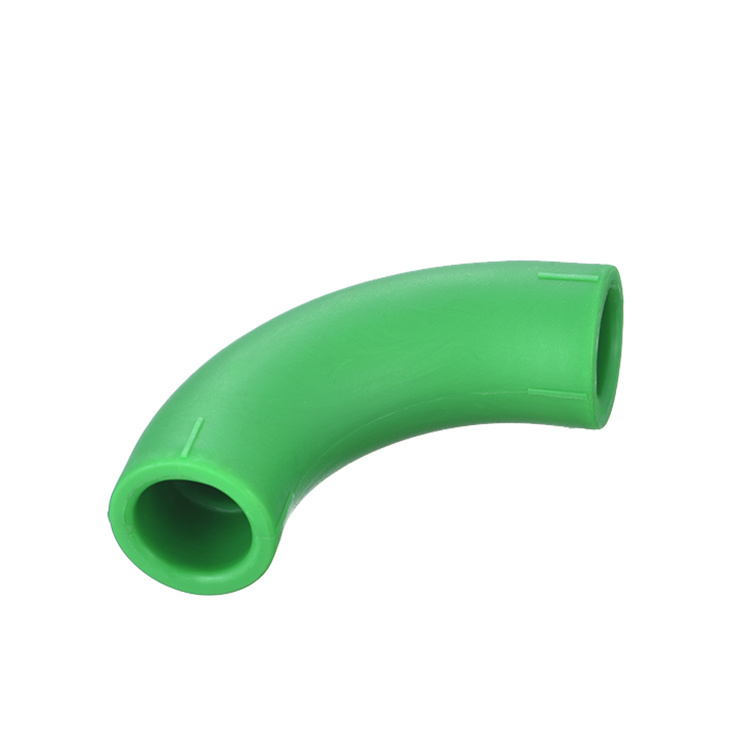
1. Temperature Ratings: PPR pipe fittings can handle a wide range of temperatures. The typical temperature ratings for PPR pipe fittings are as follows:
- Hot Water Applications: PPR pipe fittings can withstand continuous use at temperatures up to 203°F (95°C).
- Cold Water Applications: PPR pipe fittings are suitable for transporting cold water at temperatures ranging from 32°F (0°C) to 77°F (25°C).
2. Pressure Ratings: PPR pipe fittings are designed to handle specific pressure levels. The pressure ratings may vary depending on the pipe diameter and wall thickness. Generally, the pressure ratings for PPR pipe fittings are as follows:
- PN10: Suitable for low-pressure applications, with a maximum operating pressure of 1.0 MPa (10 bar) or 145 psi.
- PN16: Suitable for medium-pressure applications, with a maximum operating pressure of 1.6 MPa (16 bar) or 232 psi.
- PN20: Suitable for high-pressure applications, with a maximum operating pressure of 2.0 MPa (20 bar) or 290 psi.
It is crucial to ensure that the temperature and pressure within the plumbing system are within the specified ratings of the PPR pipe fittings to ensure their optimal performance and longevity. Adhering to these ratings helps maintain the integrity and safety of the plumbing system.

